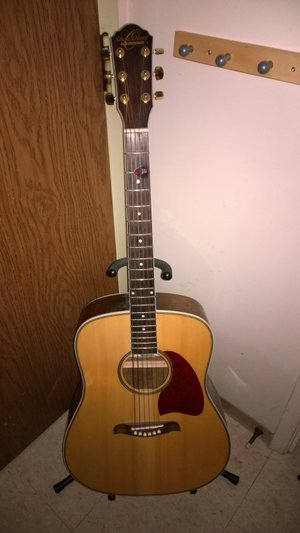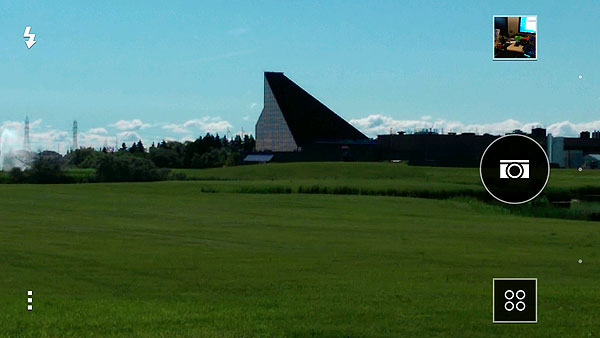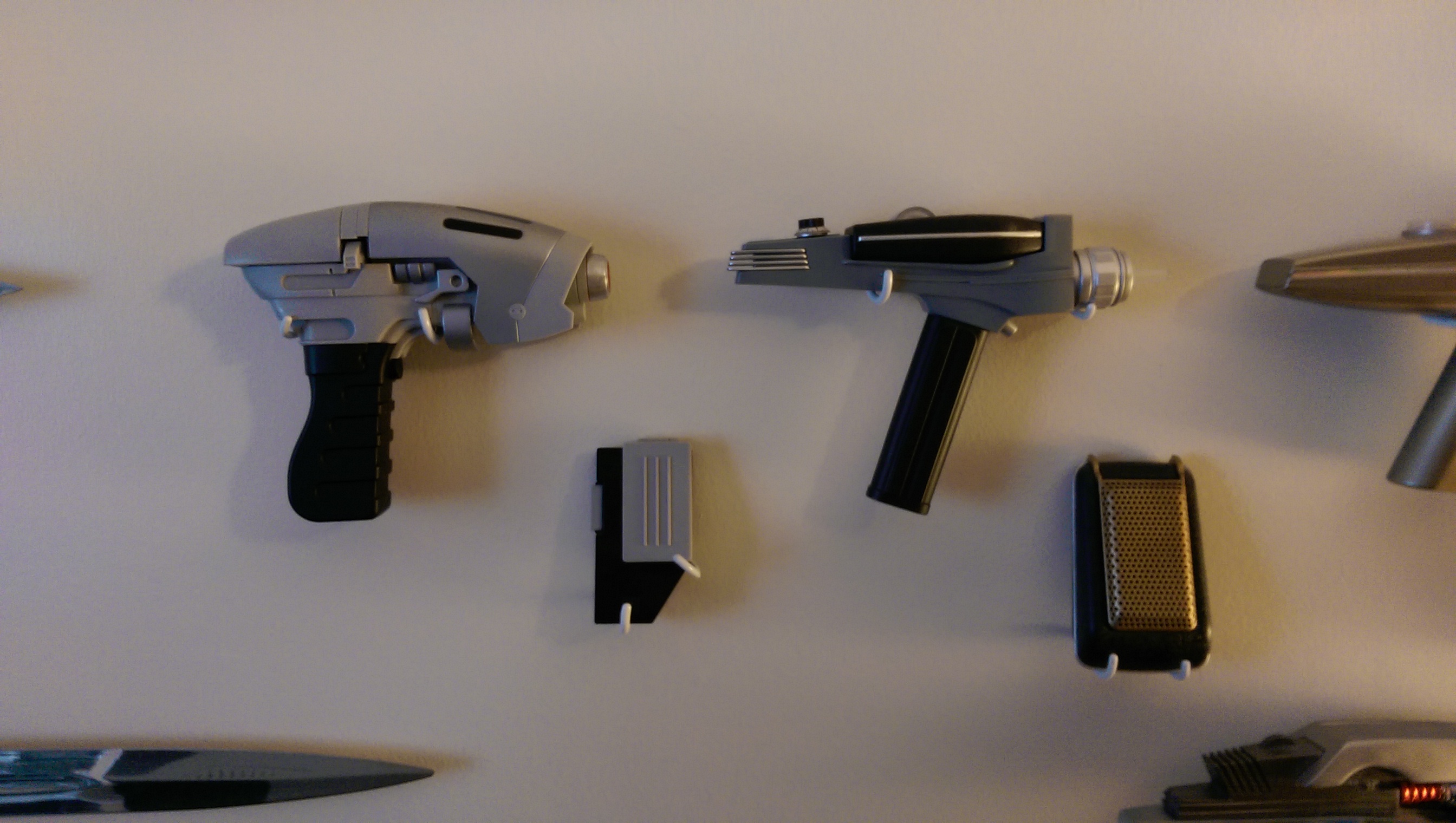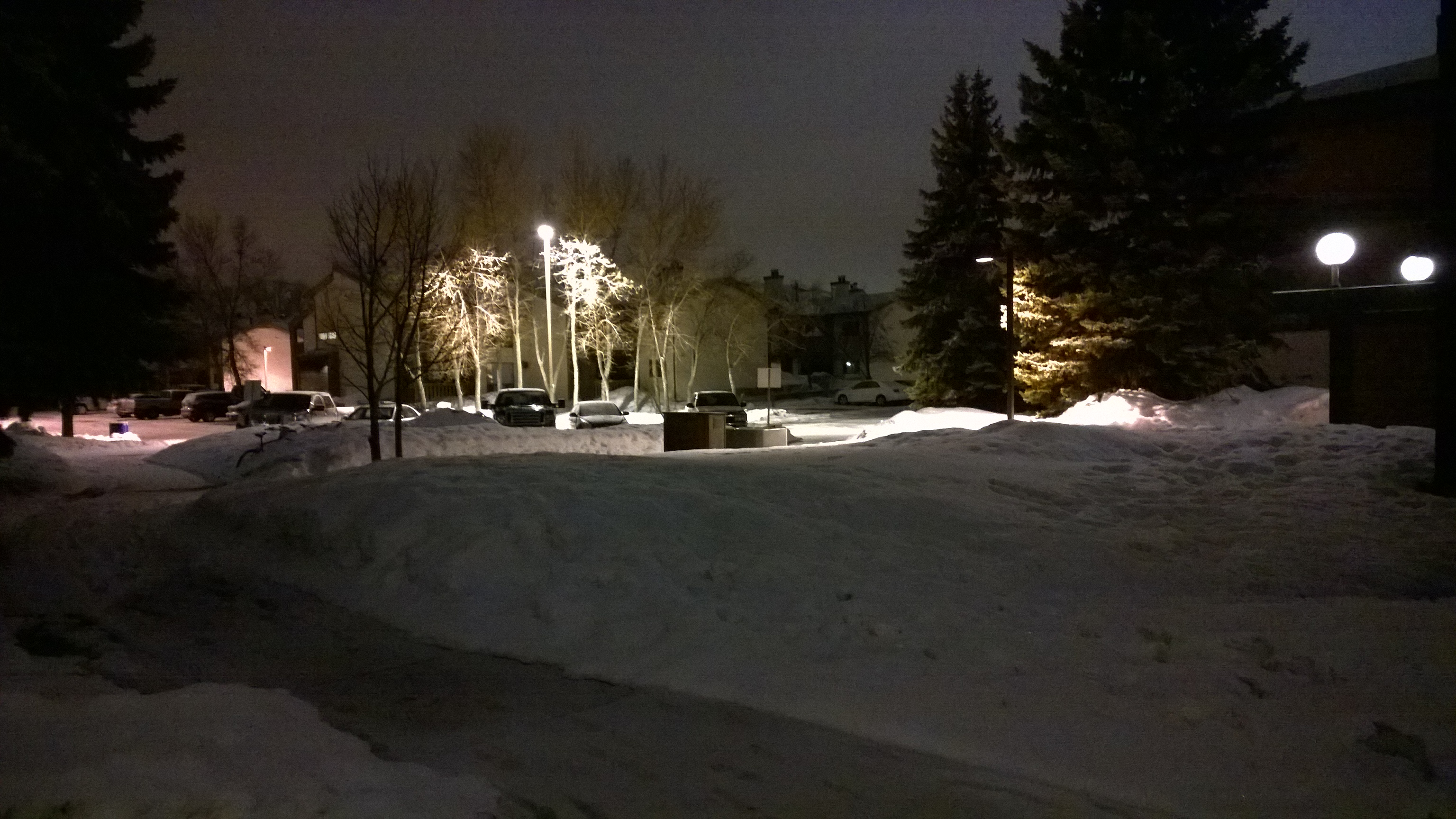HTC One (M8) And One (E8) Review: A Flagship And Its Sidekick
We run HTC's flagship Android smartphone, the One (M8), through our exhaustive benchmark suite. In addition, we take a close look at its less expensive sibling, the HTC One (E8). Both devices are compared and tested against a strong field of competition.
Camera Features And Example Photos
Before we test camera performance on the HTC One (M8) and (E8), consider the company's previous-generation product. Last year, HTC went a unique direction with the One (M7)'s camera. Instead of making its focus larger sensors, light-gathering and fast response time were prioritized instead. A photographer will tell you that those both needed more work in the mobile space, and HTC's UltraPixel camera consequently did a solid job capturing photos. I tend to agree that this is the right direction to take customers.
Now, what changed with the M8? The rear-facing camera carries over the same UltraPixel hardware from last year's M7, leveraging a 4 MP sensor. It has the same light-gathering ability (thanks to a large f/2.0 aperture) and fast response time (attributable to fewer, larger 2.0 micrometer pixels). So, its basic strengths and weaknesses don't change.
To that platform, HTC adds a second rear-facing 2.1 MP sensor to capture depth data. This is actually the front-facing camera from last generation's One (M7). Together, both sensors enable HTC's UFocus feature, which lets you alter bokeh after a picture is taken. I adjusted the effect in the images below; the shots that follow reflect UFocus applied to foreground, mid-range, and long-range objects:
UFocus is a practical capability able to add drama to any image you may want to adjust later, and the phone processes the effect almost instantaneously. Notable limitations apply, though. It can't be used in low-light conditions. It doesn't work in conjunction with the flash. And it isn't usable with HDR enabled. At least for me, this isn't a must-have feature. But there will be those who discover it, play around with it, and spend time getting more artistic about the way they shoot pictures. An amateur at a wedding might have fun setting up cool shots, for example.
As for the lower-priced One (E8), it sports one 13 MP sensor instead, so UFocus isn't available. The E8 employs a single LED, rather than the M8's dual-LED flash, and the camera's response time is slower than HTC's flagship, too. Still, it's in line with what we've come to expect from smartphones. If you covet high-resolution shots, it might even be preferable.
The One (M8) and (E8) share the same 5 MP front-facing camera, offering more than twice the resolution as last year's HTC One (M7).
HTC streamlines the One's Camera app to further drive home its speed-of-service directive. Open it and you're presented with a simple screen highlighting the button used to capture pictures, another button for picking a camera mode, flash status, and a settings option.
Get Tom's Hardware's best news and in-depth reviews, straight to your inbox.
Press the mode button, and you're able to choose between the standard camera, Video, Zoe camera, Selfie, capture from the front and rear cameras, and a Pan 360 option. Only the Zoe camera (short for zoetrope) necessitates explanation: it lets you shoot 3.6 seconds of video or 20 photos at six frames per second from the same interface. Zoom is disabled in this mode. However, HTC claims the result is a more complete memory than just capturing stills.
You can assign zoom functionality to the volume rocker buttons, or you can use them for taking pictures. The settings are accessible once you dig deeper into the normal camera mode, where you'll find a plethora of scene options, including HDR. There's even a manual mode for the enthusiasts who place value on dialing settings in as precisely as possible.
I took some comparison pictures with the One (M8), and really appreciated its fast response time and strong low-light performance. The camera does have a tendency to bias toward overexposure, though. Let's compare the device's quality compared to Nokia's Lumia Icon/930.


The first shot tests low-light response. HTC's One (M8) gives us a brighter image, while the Lumia delivers finer detail.


With their flashes enabled, both cameras fare much better. The Lumia again facilitates crisper detail at a warmer color temperature, while the One (M8) tends toward green.
Shooting another poorly-lit subject, HTC's One (M8) outputs a darker image compared to the Lumia Icon/930, which, again, better reproduces fine detail.
The One (M8) lacks vibrancy in the above comparison.
Shooting outdoors on a cloudy day exposes lots of difference between these two devices. At least to my eye, the Lumia wins, capturing more detail (best seen when you blow the image up), whereas the One (M8) appears muted and under-saturated.
Although the One (M8) shows off its light-gathering abilities in this nighttime shot, it also suffers from more noise, less detail, and a yellow tint compared to the Lumia Icon's version. What you can't see in these examples is how quickly each camera works. The One (M8) is simply faster than Nokia's offering, imparting more confidence that we'd be able to capture a brief moment. It's an important consideration that detracts from many otherwise-strong smartphone cameras.
Current page: Camera Features And Example Photos
Prev Page Call Quality, Accessories, Options, And Availability Next Page How We Tested HTC's One (M8)Don Woligroski was a former senior hardware editor for Tom's Hardware. He has covered a wide range of PC hardware topics, including CPUs, GPUs, system building, and emerging technologies.
-
Heironious The pricing says 1,309.00 for it on Amazon? May as well buy it straight from an authorized dealer for half that. It's a gorgeous phone and I don't regret picking it up over the Samsung S5 (mostly because of the cheap plastic of Samsung).Reply -
LordConrad I love my M8 except for that stupid depth-camera, they should remove it and bring back OIS.Reply -
JOSHSKORN Just stop comparing to the iPhone 5s until a comparable 64-bit chip is released and implemented into Android phones. Until then, the iPhone 5s "appears to be faster" (only on benchmarks) but as many of us know, it justifies buying an iPhone for most users, even though a 64-bit processor in a mobile phone may be pointless (for now).Reply -
CaedenV If I were the android type I would get this phone hands-down. If they released a WP version then I would jump all over it over the stuff Nokia has been pushing out in 2014 so far.Reply
The only 'complaints' that I have are the lack of wireless charging (impossible due to the metal back plate right?), and the lack of a sort of Nokia Glance screen (though other android devices are picking up similar features). The cover seems to bring that Glance functionality... but I really don't like that cover and would rather not. The thing is that with my lowly 920 I have built myself an upright wireless charging stand, and with glance screen enabled whenever the device has access to power, it makes a most excellent clock/notification center. With my 920 approaching 2 years old I am starting to look for a replacement, and as of the moment I am not finding one. WP has seemingly abandoned the high end devices, I am not apple compatible, and Android devices have a lot of really neat features... but then you deal with non-standard UIs and gimmickey software. I really hope something really good comes out before Christmas because the 920 is not getting any younger. -
stevessvt Wow, these benchmarks are, by far, the lowest I have seen for the M8. 27K in Antutu? Was power saver on?Reply -
Avus Holy!! $1300 for a phone.... I am too cheap for that...Reply
I am currently using Nexus 5 and happy with it. If I want to buy a phone now, I may want to get an Oneplus One. -
envy14tpe Great phone but that camera is what holds me back from buying it. So Samsung or Google gets my money, although Apple has the best camera. (However, no Apple..screen wayyy to small...Android flagship phones have been over 4" for 2+ years)Reply -
TeKEffect Me and my friend are both having problems with the usb port. They went cheap on the cheapest part. I would google the problem before getting the one.Reply


















